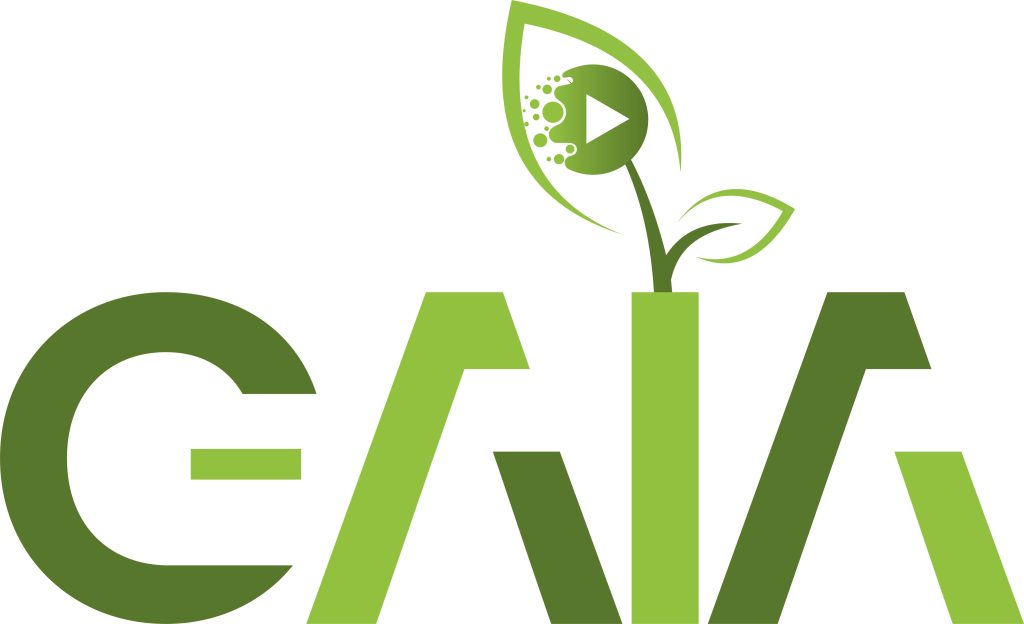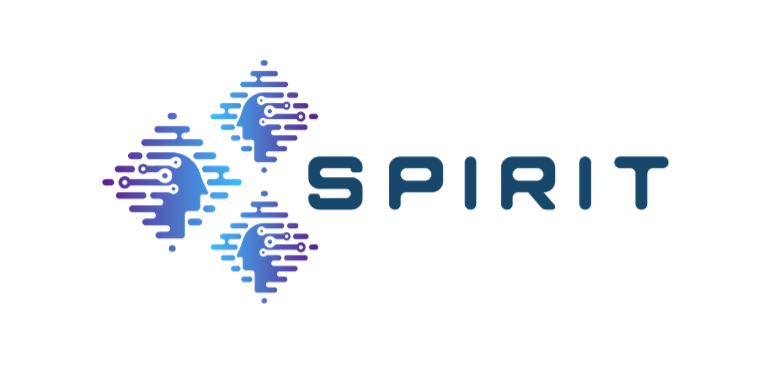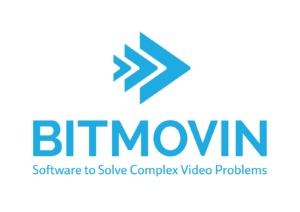From Capturing to Rendering: Volumetric Media Delivery With Six Degrees of Freedom
Teaser: “Help me, Obi-Wan Kenobi. You’re my only hope,” said the hologram of Princess Leia in Star Wars: Episode IV – A New Hope (1977). This was the first time in cinematic history that the concept of holographic-type communication was illustrated. Almost five decades later, technological advancements are quickly moving this type of communication from science fiction to reality.
[PDF]
Jeroen van der Hooft (Ghent University), Maria Torres Vega (Ghent University), Tim Wauters (Ghent University), Christian Timmerer (Alpen-Adria-Universität Klagenfurt), Ali C. Begen (Ozyegin University, Networked Media), Filip De Turck (Ghent University), and Raimund Schatz (AIT Austrian Institute of Technology)
Abstract: Technological improvements are rapidly advancing holographic-type content distribution. Significant research efforts have been made to meet the low-latency and high-bandwidth requirements set forward by interactive applications such as remote surgery and virtual reality. Recent research made six degrees of freedom (6DoF) for immersive media possible, where users may both move their heads and change their position within a scene. In this article, we present the status and challenges of 6DoF applications based on volumetric media, focusing on the key aspects required to deliver such services. Furthermore, we present results from a subjective study to highlight relevant directions for future research.













